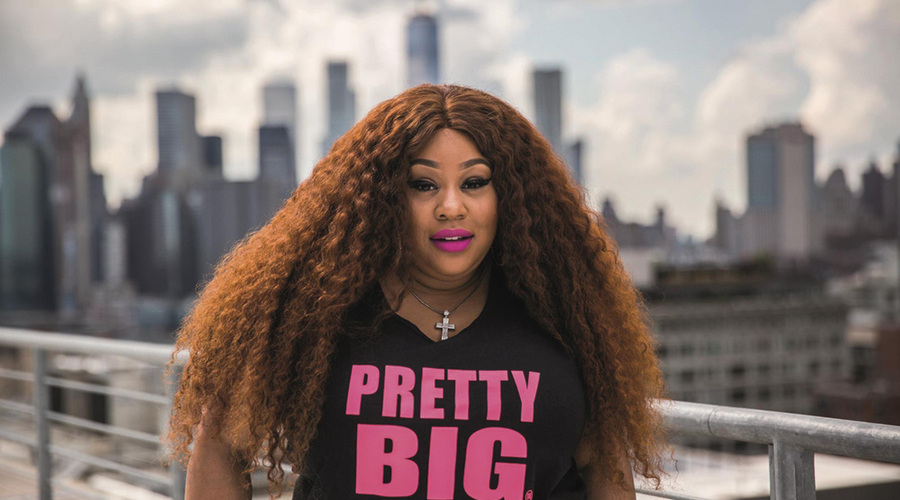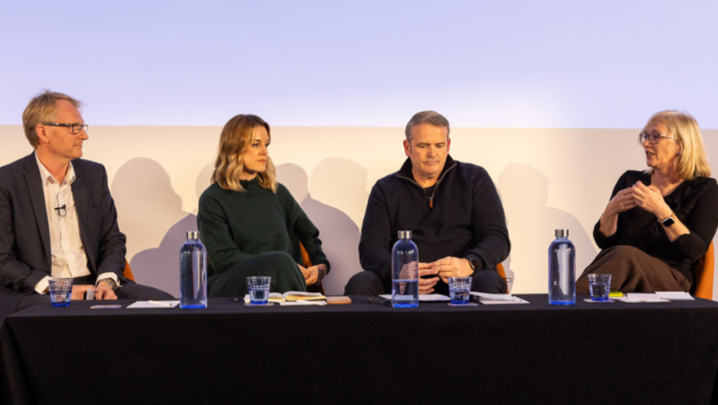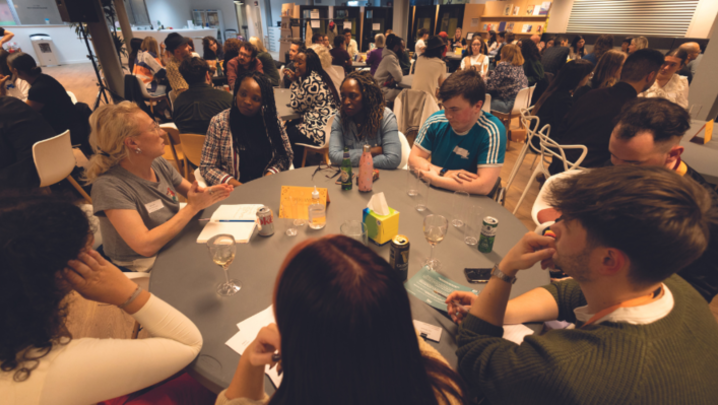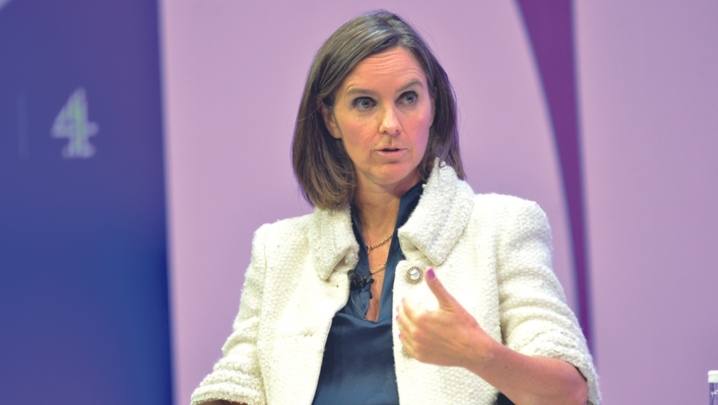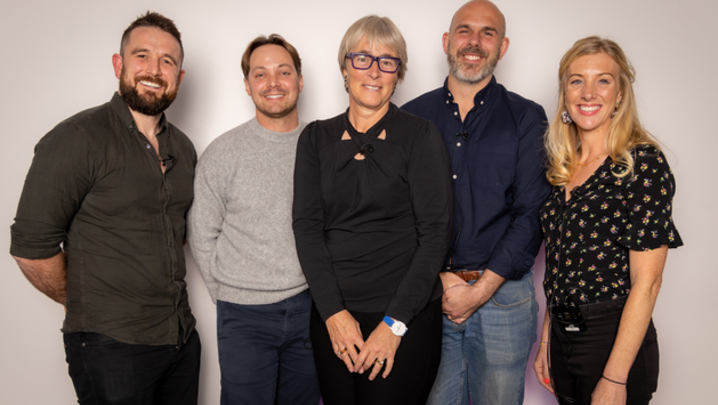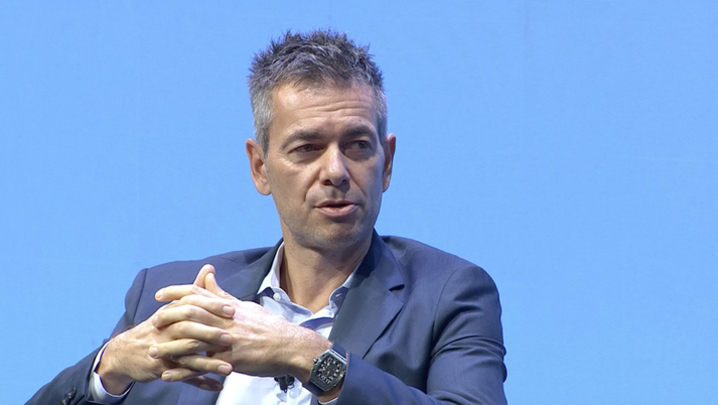Kate Bulkley discovers how digital-first players such as Barcroft Media and Little Dot Studios are making money and gaining kudos.
There’s a long-standing TV industry conception that online original content is too low in quality, too niche and too difficult to make profitable. But that view is starting to look obsolete thanks to inventive digital-first companies such as Barcroft Studios, Little Dot Studios and others. Successful business models for premium online content are emerging as both profits and awards start to roll in.
Clearer business models have also raised interest in these companies: in March, Barcroft Studios appointed Deloitte to look at a potential buyout of the award-winning business, founded by Sam Barcroft in 2003. Companies reportedly kicking Barcroft’s tyres include ITV, All3Media and EndemolShine.
Little Dot Studio’s owner, All3Media, confirms that the company it spun out six years ago is on track to become profitable, and its turnover is expected to pass £30m this year.
Camden-based Moonbug Entertainment raised $145m shortly after its creation last year to fund its acquisition and original content production plans. Moonbug’s first purchase was the YouTube hit channel Little Baby Bum, from which it has created a new brand, Buster the Bus.
These success stories notwithstanding, the road to success in online content creation and distribution is far from straightforward. Taking their lead from Silicon Valley’s playbook, the entrepreneurs behind these companies have a “test-and-learn” approach to what content works.
Careful analysis of a number of metrics, including engagement and viewing time, is crucial. Success also requires understanding the changing algorithms of platforms such as YouTube and being willing to build what Barcroft calls a “portfolio approach”. In other words, find multiple routes to monetisation, such as brand partnerships and even selling show-branded merchandise direct from the online channels.
From the outset, Barcroft Studios has created original, factual content. Its journalists look for real stories for online audiences. But making money from premium factual content online, even with standout stories, is not easy.
Barcroft admits that, as recently as three years ago, he considered making videos of “cats falling off logs and hitting their heads” to help bridge the financial gap. But today, with some 2,500 original films being exploited on Barcroft’s advertising-supported, on-demand platforms, his bet on premium original content is paying off.
"Find multiple routes to monetisation, such as… selling merchandise"
“In the beginning, we were making money by using the internet as an incubator for talent and ideas and brands,” he explains. “We would make shows and use that catalogue to pitch to TV commissioners and brands with some data around them.” Now, with more than 15 million followers of its online shows and up to 1 billion views a month for its original content, the company has “reached scale”.
Last month, Barcroft Studios won Best Original Web Channel at the 2019 Broadcast Digital Awards. In commending Barcroft TV, a YouTube originals channel with 6.9 million subscribers, the jurors highlighted the true-crime series Chasing Justice, style show Share the Hair and the Truly strand, with its two-part documentary about snake-handling American pastors.
Recent changes in the online ecosystem – particularly the emergence of new advertising-funded distribution platforms such as Facebook Watch, Snapchat’s Discover and Instagram TV – have extended the monetisation opportunities beyond YouTube.
“Online content creation and distribution is a very fluid market place,” says Alex DeGroote, senior advisor at consultancy Trillium Partners. “Embracing YouTube and Facebook is well understood because of Gen Z and younger audiences. However, monetisation is not straightforward, mainly because of revenue share, but other platforms beyond YouTube are also garnering significant audiences.
“For example, the time spent watching shows on Snapchat every day has more than tripled in 12 months.”
For online content producers and distributors these changes are significant: “The tipping point for us came half way through 2018, when Facebook and Snap opened up their Watch and Discover programmes to partnerships,” says Barcroft. “For us, this is just a better economic model than an open-source model such as YouTube, especially with all the challenges around brand safety.”
Barcroft Studios has eight returning series on Snap’s Discover and 15 on Facebook Watch. These are by far the biggest revenue streams for the company’s original content. “And they are the same shows,” emphasises Barcroft. “They live on both platforms, but with a different edit and with some different windowing.”
"UK broadcasters have been much slower to promote their shows on social platforms, but it will inevitably happen.”
Last year, seven of Barcroft’s digital brands, including Born Different, were sold to broadcasters, including Australia’s Channel 7 and Animal Planet in the US. “It’s a portfolio approach because we already own the IP, so it’s about getting a team to re-cut them for a TV audience,” explains Barcroft.
Little Dot Studio’s model is based on helping clients such as ITV and Disney, and sport rights owners such as the England and Wales Cricket Board and the Football Association, to build and leverage online communities using their archive and catch-up TV content.
“Once we’ve built a strong community we look to produce original content as well,” says Andy Taylor, co-founder and CEO of Little Dot Studios. “For many clients, we also perform media buying on YouTube and Facebook to help market their new shows or to push SVoD or [contribute to] merchandising and licensing. In the US, our media-buying activities are much bigger. UK broadcasters have been much slower to promote their shows on social platforms, but it will inevitably happen.”
Little Dot moved into own-branded YouTube channels more than two years ago. Its 10-strong data science team helps assess whether there is enough demand to support a channel. The company then licenses premium content from producers and content owners to create online channels such as Real Stories, which licenses one-hour docs. One of these originals was Missed Call, the Short Form Programme winner at the 2019 Bafta Television Awards. Real Stories has 2.6 million subscribers and often gets more than 500,000 views a day.
Taylor admits that the profitability of its 20 YouTube channels is not always clear cut. And some don’t work at all: Reveal, a health and beauty-focused YouTube channel launched by Little Dot nine months ago, failed to gain traction.
“People aren’t searching for it. We plan to switch it off soon,” says Taylor. “Even the economics of a documentary such as Missed Call on an incredibly successful YouTube channel and Facebook page doesn’t stack up unless you can exploit it beyond Facebook and YouTube. But we have made other shows, including one about tattoos that has had over 10 million views. It paid for itself five times over.”
Taylor calls the key to original production online the “Why?” factor. “I always ask my team: ‘Why are we doing this? Will it win an award? Will it turn Jay Hunt’s head so that we can maybe get an Apple commission? Or, will it get us 10 million views?’
“If the team can’t answer at least one of those questions with a ‘Yes’ then it doesn’t get green-lit.”
While the online world is driven by the ambitions and strategies of the tech giants, new opportunities continue to present themselves. In June, for example, the Barcroft Animals YouTube channel began selling Dog Dynasty-branded hoodies and T-shirts.
“We’re not a retailer, so maybe this will never be a core part of our business,” says Barcroft. “But building a solid relationship with digital viewers is something that all the Faangs (Facebook, Amazon, Apple, Netflix and Google) are super excited about. We have 50 million followers across our online shows – so, if we were a retailer, it would be a pretty good base.”

